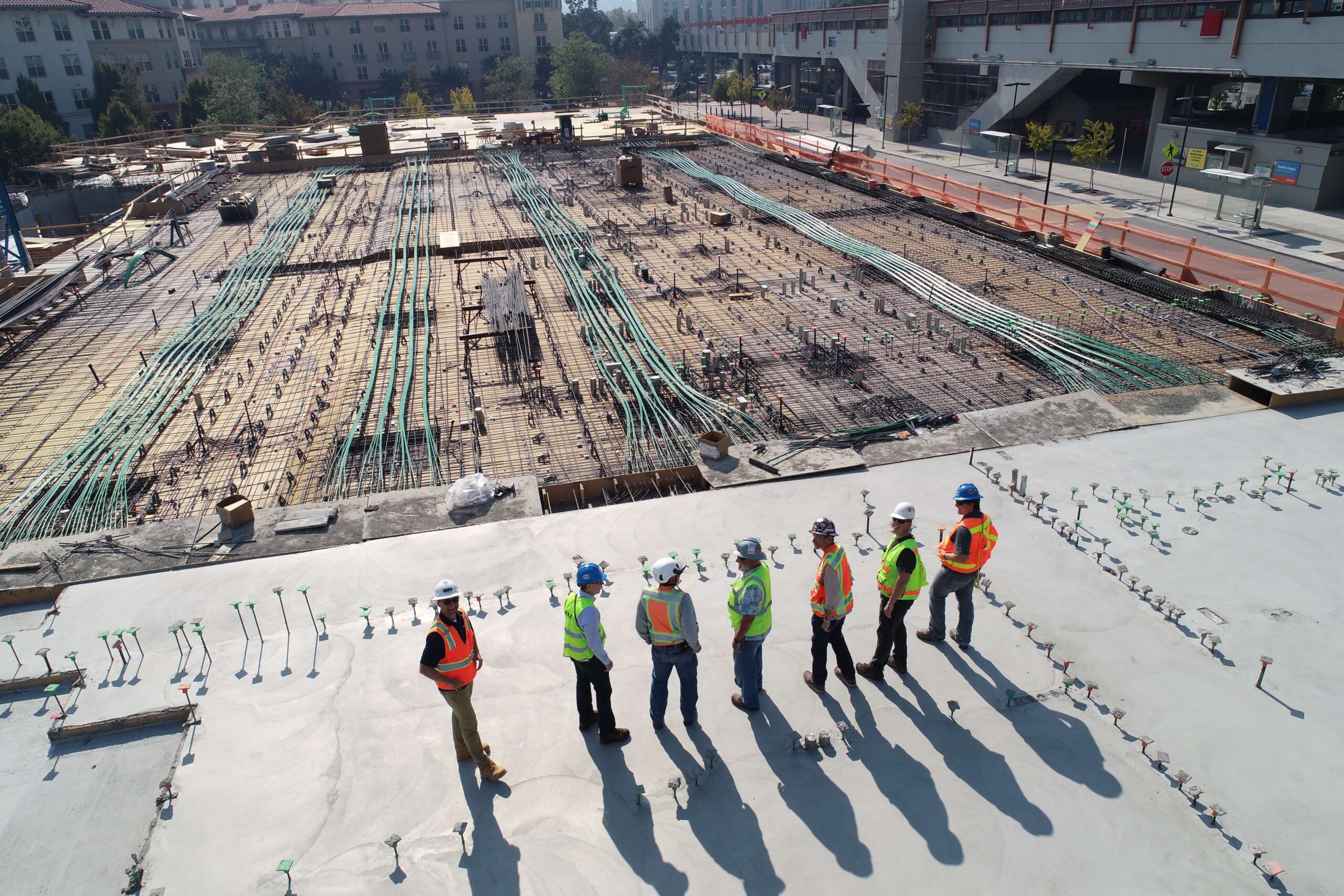
In today's workplace, frontline employees' desire for workplace flexibility is becoming more and more crucial. According to a recent survey, many frontline employees want more control over their work schedules and hours.
Only a small percentage, about 16% of the workforce, already uses shift scheduling in their company practices. This is why more and more HR executives are using shift scheduling software and mobile productivity solutions to solve this problem.
Employees can use these tools to access their schedules, change shifts, and maintain contact with their HR department. HR departments also use these platforms to provide employees with important information. These include company news, benefits, and mental health advice for employees. Flexible workplace tools are becoming increasingly important for providing a frontline-first employee experience as distributed workforces proliferate.
Here we will explore what your HR needs for shift scheduling and what are some fundamental components of shift work schedules.
Best tools for Shift Scheduling
First and foremost, you need an HR system with excellent time attendance built in. It should have a timekeeping system that enables staff members to clock in and out using geolocation or a QR code scan. Everyone has a phone on them at all times, and having an app that will do this should be a no-brainer.
To ensure that the final working hours count is accurate, all check-ins and check-outs for that particular time period will be displayed. This way, both the manager and the worker will always have an insight into their working hours. This is a crucial point for hourly workers, consultants, and independent contractors.

The HR system will be able to calculate and track each employee's estimated working hours automatically. All of that accurate check-ins and check-outs will have to be on display for both managers and employees to inspect.
A team leader should be able to begin or end work sessions on the employee's behalf if there are any issues. Additionally, the system enables the export of work sessions in an industry-standard format for additional research or import into external systems. Your company will be able to analyze all of these statistics and work to improve working conditions wherever it can.
Main Component In Shift Scheduling
Businesses that operate around the clock are the ones that usually need shift work schedules the most. Shift work schedules have five basic requirements: shift duration, schedule format, on-off work pattern, overtime, and scheduling standards. The term "shift length" refers to the length of each shift. One shift can be anything between 8 and 12 hours.
Rotating shifts and fixed shifts are the two most typical schedule arrangements. Rotating shifts are more prevalent in businesses where work volume varies throughout the day, while fixed shifts are more prevalent in those with a predetermined amount of work to accomplish each day. The on-off work pattern, often known as a cycle, describes the number of days a person is scheduled to work followed by the number of days they are off.

There are three different on-off work schedules. These are weekends off, a run of uninterrupted days off, and a run of uninterrupted days the employees worked. When we use the term "overtime," we refer to an employee who is working past their regular hours.
This can be either voluntarily or involuntarily. Last but not least, scheduling regulations are the guidelines we use that control how our employees are scheduled and how schedule alterations will be handled. The goals of these policies should be to balance meeting the objectives of the business. For example, balancing safety and productivity with those of the employees for scheduling, work-life balance, and personal needs. These policies should always be written to assist and prevent disputes between employees, supervisors, and your company.
In Conclusion

In conclusion, shift scheduling is an essential component when it comes to controlling personnel schedules and work hours in the manufacturing sector. More and more HR departments are using shift scheduling software. These also include mobile productivity tools to provide employees with the control they need over their schedules. This is one of the main reasons the demand for workplace flexibility rises in today’s workforce.
Now employees can use all these tools to retrieve their schedules, switch shifts, and maintain communication with their HR department. Additionally, they make it possible for HR departments to inform staff members of crucial information, including business news, benefits, and mental health guidance.
On a related topic, check out our article on identifying and addressing Productivity Challenges among remote workers!
